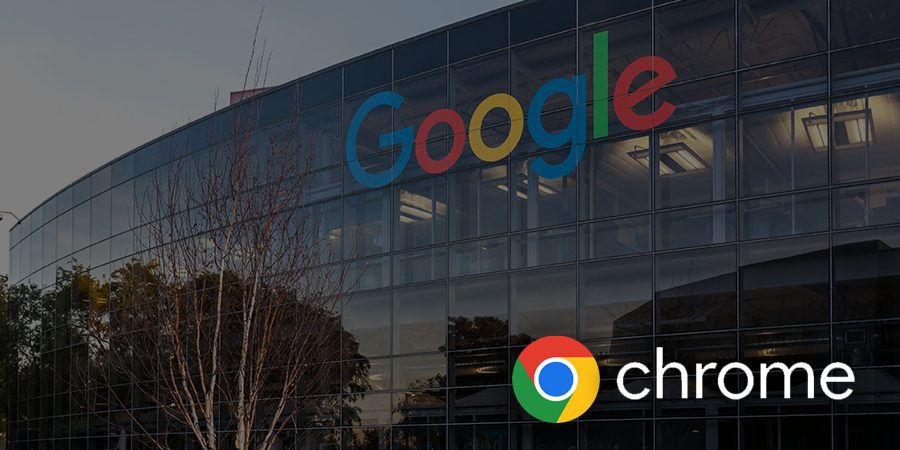Subscribe
"Unlock exclusive insights and elevate your financial wisdom with NetWorth.com — subscribe now to stay ahead in the wealth game!"

In this article, we will discuss Google’s decision to retire its Chrome Cleanup Tool, a tool that has been detecting and removing suspicious or unwanted software on Windows systems for the past eight years.
We will examine the reasons behind this move and the changing cybersecurity landscape that necessitates innovative and proactive solutions to protect users.
Key Takeaways:
Google introduced the Chrome Cleanup Tool in 2015 as a standalone application called the Software Removal tool. It was then integrated into the Chrome browser for Windows.
The tool has since conducted over 80 million cleanups, restoring systems that were affected by unforeseen settings changes and eliminating extensions that infringe
Nevertheless, Google has opted to discontinue the Chrome Cleanup Tool because more advanced tools have become available to protect users and prevent suspicious files.
Starting with the Chrome 111 release, the tool will be removed from user systems, and users won’t be able to scan their devices with Chrome Cleanup Tool using the Safety Check feature of the web browser or the “Reset settings and cleanup” option in chrome://settings on Windows.
According to Google, there has been a decrease in user complaints about unwanted software over the years, with only 0.06 percent of Chrome Cleanup Tool scans detecting known software issues in the last month.
Google believes that due to the availability of more advanced antivirus solutions, the Chrome Cleanup Tool has become obsolete.
Chrome has better alternative services for protecting users and blocking suspicious files, such as Google Safe Browsing and Chrome’s built-in virus protection for Windows.
As new phishing and malware trends continue to emerge, Google says it’s shifted its focus to proactively improving authentication workflows and virus detection technology to protect Chrome users.
While Google has attempted to remove unwanted software through a review process for the Chrome Web Store, most file-based unwanted software has moved to extensions.
However, the reason for the retirement of the Chrome Cleanup Tool is due to a shift in tactics by threat groups to stealing identities and compromising credentials to access corporate networks rather than through malicious software. In the browser space, this has led to an increased focus on cookie theft.
In response to this threat, Google has enhanced its defenses against malware through measures such as strengthened authentication workflows and advanced heuristics for blocking phishing and social engineering emails, malware landing pages, and downloads.
As the threat landscape continues to evolve, it’s important for both companies and individuals to work together to stay safe and secure in the digital age.
While the retirement of the Chrome Cleanup Tool may be the end of an era, it’s also an opportunity for innovation and progress in the ongoing fight against cyber threats.
Individual users should take responsibility for their cybersecurity by being vigilant and following best practices.
This includes using strong and unique passwords, enabling two-factor authentication whenever possible, keeping software and security tools up to date, and being cautious when opening emails or clicking on links from unknown sources.
Google’s decision to retire the Chrome Cleanup Tool highlights the changing nature of cybersecurity threats and the need for innovative and proactive solutions to protect users.
While the Chrome Cleanup Tool may have served its purpose for eight years, the fact that it has become increasingly irrelevant is a testament to the rapid pace of change in the cybersecurity landscape.
Moving forward, it’s likely that we’ll see an increased focus on authentication workflows and other proactive measures to protect users from malicious activity.